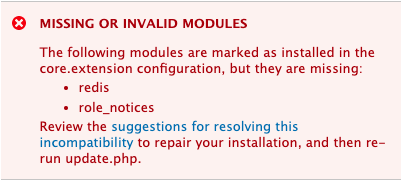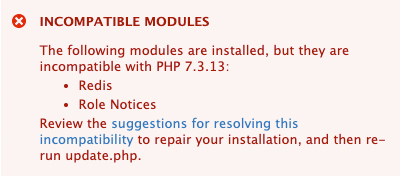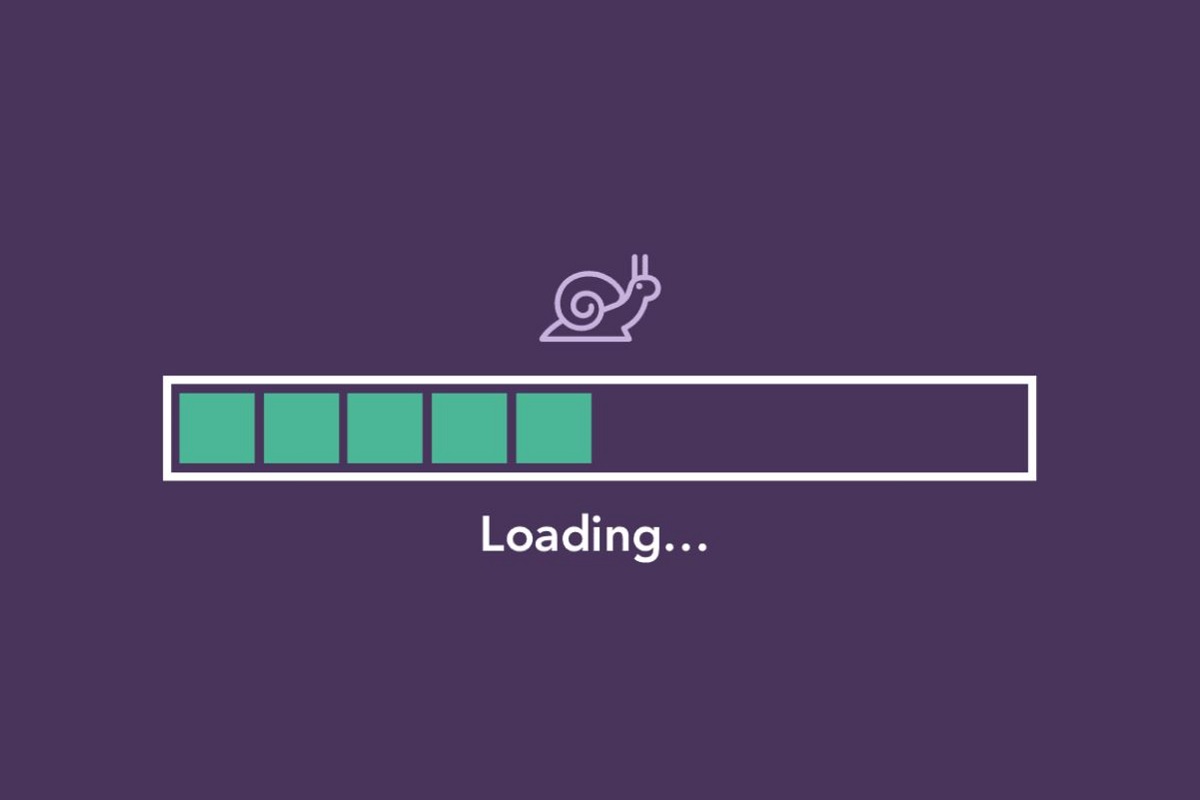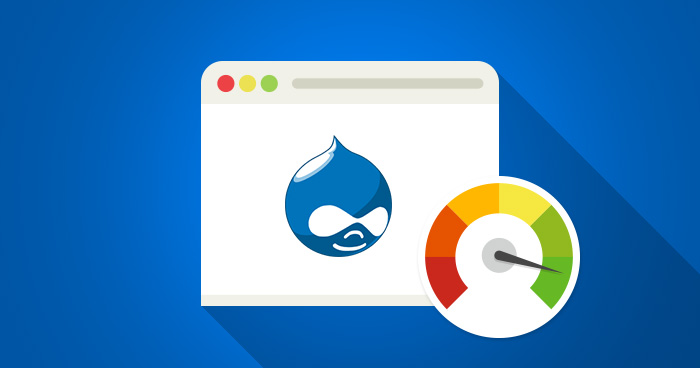With millions of users worldwide, Drupal is known as one of the world’s most popular content management systems. In order to achieve and experience advantageous features and newest enhancements, it is unavoidable for users to update the latest versions of Drupal. However, there are some issues that developers may face with every update. Thus, in this article, Kyanon Digital aims to provide you with common Drupal problems after updates and all you need to know.





1. Invalid modules or themes
In some situations, it can be reported that there are modules or themes invalid. It is because a module or theme listed in the core.extension.yml configuration file is either missing from the site or is incompatible with it.1.1 Missing module or theme
- If a Drupal module is missing, search for a folder with the same module’s name in [site-root]/modules and [site-root]/sites/all/modules. Although both directories are checked for modules, [site-root]/modules is prioritized over [site-root]/sites/all/modules.
- If a Drupal theme is missing, ensure that your themes folder e.g. [site-root]/themes or [site-root]/themes/contrib contains a folder matching the missing theme.
- If the folder is entirely missing, search for the module on Drupal and try to redownload it back to your modules folder. You should ensure that the downloaded version is compatible with your Drupal version.

The module or theme is missing
Source: Drupal.org
1.2 Incompatible module or theme with the installed version of Drupal
If it is reported that a module or theme is incompatible with the installed version of Drupal, it is necessary to either update Drupal, or update the module or theme.- Check the installed version of Drupal core.
- Check the installed version of the module or theme.
- Download an update for Drupal core if the Drupal version is outdated for the installed version of the module.
- Download or install an updated module version if the module version is outdated for the installed version of Drupal.

The module or theme is incompatible with the installed version of Drupal
Source: Drupal.org
1.3 Incompatible module or theme with the installed version of PHP
- Install a version of the module or theme providing support to the PHP version of your site.
- Alter your site’s PHP version to a version that is compatible with the module.

The module or theme is incompatible with the installed version of PHP
Source: Drupal.org
2. Deprecated Code
Deprecated code is any code that has been marked for removal, and in this case it is code that Drupal no longer provides support to, but has not been removed to ensure the available code that relies on it will continue to function. When an API, or feature moves into deprecated state, it can lead to failed functionality on the websites in many aspects such as broken image links and forms.- Specify the deprecated code and define which adjustments should be made.
- Ensure to have a backup of your website before having any alterations: In general, a backup should consist of Drupal core as well as module files, and every essential element of your website’s functionality. Pantheon is a managed Drupal Host that provides a feature such as one-click backup and restore. In addition, they also offer sandbox environments for testing purposes.
- Update the code.
- Test your website after every alteration.

Pantheon is a managed Drupal Host that provides a feature such as one-click backup and restore
3. Site performance problems
It is not uncommon that updates can exert an unfavorable impact on the performance of your website. It can be resulted from changes that occurred in the underlying software or problems with your server environment. Long loading times is known as the most obvious sign of performance issues, as well as other questionable signs such as inefficient scripts that consume excessive resource usage, or database latency.- Identify the obstacle that is creating performance problems: To specify slow queries, you can use the Deval module as it is an invaluable tool for constructing and coding websites with many available features.
- Utilize your website’s caching settings: Drupal provides caching options, so this can be considered as the easiest way to simulate Drupal performance on your site.
- Use a Content Delivery Network (CDN): Implementing a CDN with Drupal is a time-saving and simple way to not only immediately decrease the response time for your website, but also ensure your static content (product images, JavaScript, CSS) is served from CDN.

Long loading times is known as the most obvious sign of performance issues
4. Security Vulnerabilities
Keeping your Drupal version up to date plays a vital role in ensuring website safety. However, it could negatively be a springboard for new security vulnerabilities, which can bring about data breaches, malware infections, and other security issues.- Ensure your website’s software up to date: Keep your Drupal extensions and themes up to date to avoid website threats.
- Use strong passwords and multi-factor authentication: One of the most simple and most efficient ways to improve Drupal security is to use a complicated username and password. Furthermore, multi-factor authentication provides better security than single-point authentication as it can create an extra layer of security to your website. Additionally, it can also limit any fake authentication approach to your website since only the users with valid authentication can access the Drupal panel.
- Use a Web Application Firewall (WAF).
- Regularly back up your website’s data: In addition to Drupal core and module files, it is essential to contain every important factor to your website functionality in your backup. Thereby, you could have a quick recovery of your site with a simple rollback if any unwanted incident happened. Before making any update to your site, it is best to have a reliable backup, especially if it is your first time installing a module or theme.

Keeping your Drupal version up to date plays a vital role in ensuring website safety
Updating Drupal latest version places importance on deriving the benefits of newest features and scalability. However, any updates can result in some common problems. Through this article, Kyanon Digital hopes you have gained useful information to apply during the update process. It is critical to keep in mind that before having any updates, you should always make a backup of your website, and not forget to test after performing any adjustments. And if you have any questions related to this matter, do not hesitate to contact us for specific consultation.
5/5 - (1 vote)



